designKULTUR DESIGN ICON | Mid-Century Modern :: The Ericofon




1930 | Siemens prototype “Crouching Dog”
1941 | Ralph Lysell prototype
1941 | Early plastic prototype of the Ericofon designed by the engineers Blomberg and Lysell
1940s | Early wooden prototypes of the Ericofon by Ralph Lysell
The well-worn blue wooden prototype taken to management for final approval
1953 | Ericofon “Cobra”
1956 | Ericksson Ericofon
1956 | Ericksson Ericofon
1961 | Slimmed down for the American market (232 mm down to 213.5 and with a curvier neck)
1960s | The Ericofon to match your office daisies
1970s | Prototypes for the Model 700 series: note the thumb grip near the base on the second prototype PHOTOS > via ericofon.com (great website — thanks!)
1976 | Ericsson 100th anniversary Model 700
For a complete listing of the many faces of the Ericofon, click here

1957 | Ericofon advertisement via the world’s biggest Ericofon otaku: ericofon.com

Marketing the Ericofon to Americans IMAGE via Wires In The Walls
Marketing the Ericofon to Canadians IMAGE via Connor Molloy, Flickr

PDF | ERICSSON REVIEW 1956 – THE ERICOFON – THE NEW TELEPHONE SET via ericofon.com

PDF ERICOFON 1966 CATALOGUE via telephonetribute.com

No phones, but Joan!

Back in the day when things were cool and I was a little tyke, my mom would take me to the local Safeway.
It was new and cool in a designKULTUR sort of way, with enormous wavy glulam beams overhead which made it seem like a of cathedral to me, a young boy just beginning to be aware of the world of design.
Safeway Canada erected a lot of these early-era supermarkets in Vancouver’s Lower Mainland in the late ’50s/early ’60s. Few remain and I was lucky to find this image of one. I like this comment: “Thanks for posting this because I like to be reminded when supermarkets didn’t cover 30 acres yet somehow had all the food you might need.” Right on.
As a kid, I would steal a candy or two from the open bins, but the real thrill waited until we got to the checkout counter. For Safeway, in all its zest to be “modern,” had installed the amazing, iconic, and still (more than half a century later) extremely beautiful, Ericofons (nicknamed the “Cobra”) next to its cash registers.
The cashier would pick up the curvaceous neck of the phone, turn it on its side, dial a number or two and say something like: “Car service, checkout 5!”
Sexy and thrilling: Oh, those Swedes!
Back home we had the standard Western Electric 500, the Model T of telephone design in North America at the time:
Hard to imagine it was “designed” at all (and in 1949 at that; the Ericofon was already under development by then).
Henry Dreyfuss, the 500’s designer (and/or the Bell Telephone Company) wasn’t future-forward in their thinking at all: the 500 looks like something that could have been designed a decade or two earlier.
Those phones from Sweden at Safeway, though, were the future — something designKULTUR is slightly obsessed about. So this is my homage to the Ericofon — the mid-century modern telephone.
As designKULTUR is primarily a visual blog, I’ll leave my writing at that and let the links below lead you into the history of the “fon.”
And if, like me, you really dig the design, consider buying a reissue: they still define refined elegance and good taste.
Ericsson Evolution

The Scandiphone by Wild and Wolf
The ScandiPhone is based on the unique upright phone that was introduced in Europe in the mid 1950s. Smaller and lighter than anything available at the time, it’s unusual one-piece design was a fine example of form and function in harmony. The push button version was introduced in 1967.
Redial Button, ringer volume on/off switch, tone/pulse switch.
Simply plugs into a standard US phone socket.
US$60
Ericofon Telephone
L.M. Ericsson Telephone Company, company design (Swedish, established 1876), Hugo Blomberg (Swedish, born 1897), Ralph Lysell (Swedish, born 1907) and Has Gösta Thames (Swedish, born 1916)
1949-54. ABS plastic, rubber, and nylon housing, .1 (white): 8 1/2 x 3 7/8 x 4 3/8″ (21.6 x 9.8 x 11.1 cm) .2 (yellow): 9 1/8 x 3 7/8 x 4 3/8″ (23.2 x 9.8 x 11.1 cm). Manufactured by L.M. Ericsson, Stockholm. Given anonymously
2265.2001.1-2

Not the Safeway cashier
The Ericofon, back home in Sweden, ’70s
★ Wikipedia | Ericofon
About this entry
You’re currently reading “designKULTUR DESIGN ICON | Mid-Century Modern :: The Ericofon,” an entry on designKULTUR
- Published:
- 2012/01/20 / 05:39



































































































































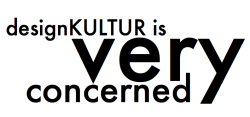


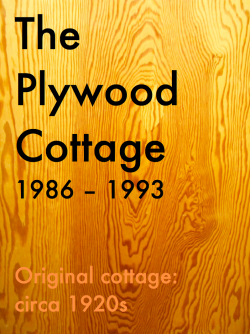


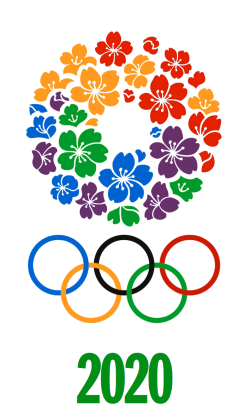






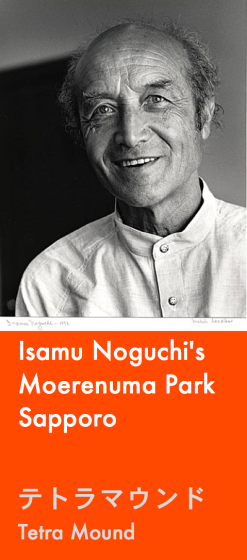

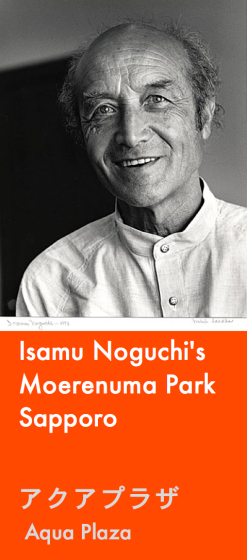

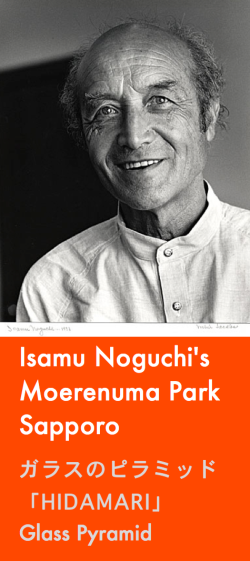







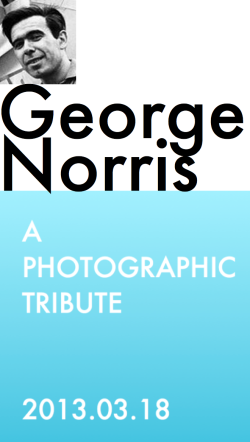








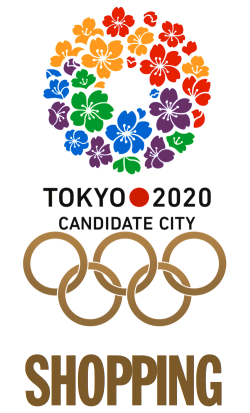
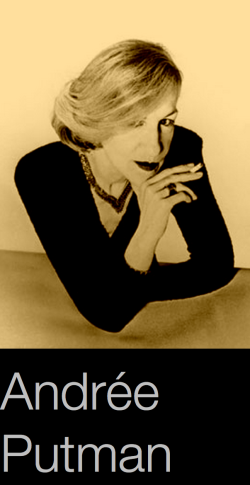


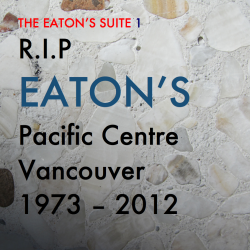













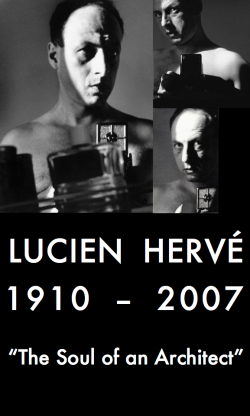
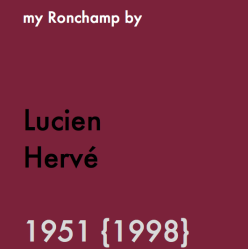
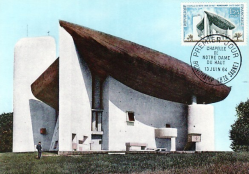












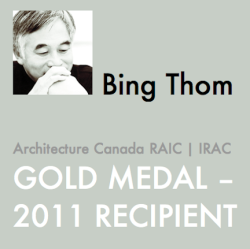












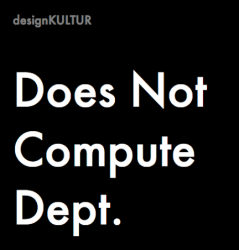




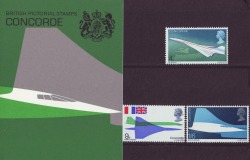
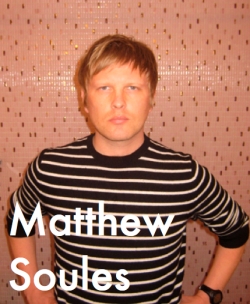




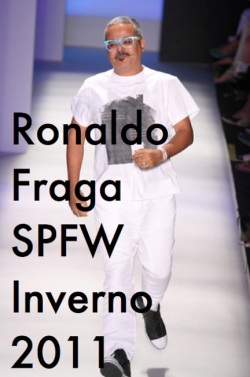







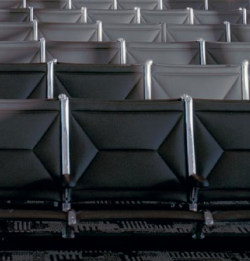









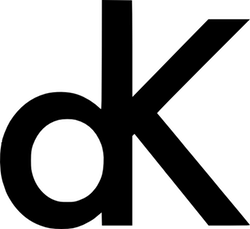
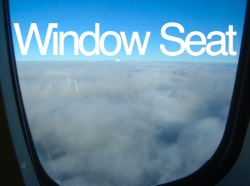

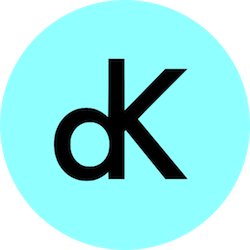

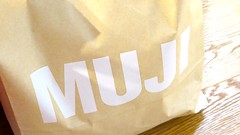
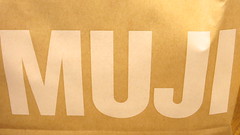
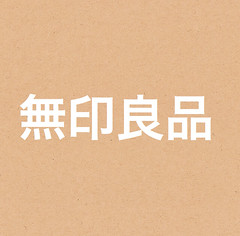

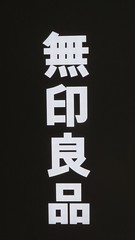









6 Comments
Jump to comment form | comment rss [?] | trackback uri [?]